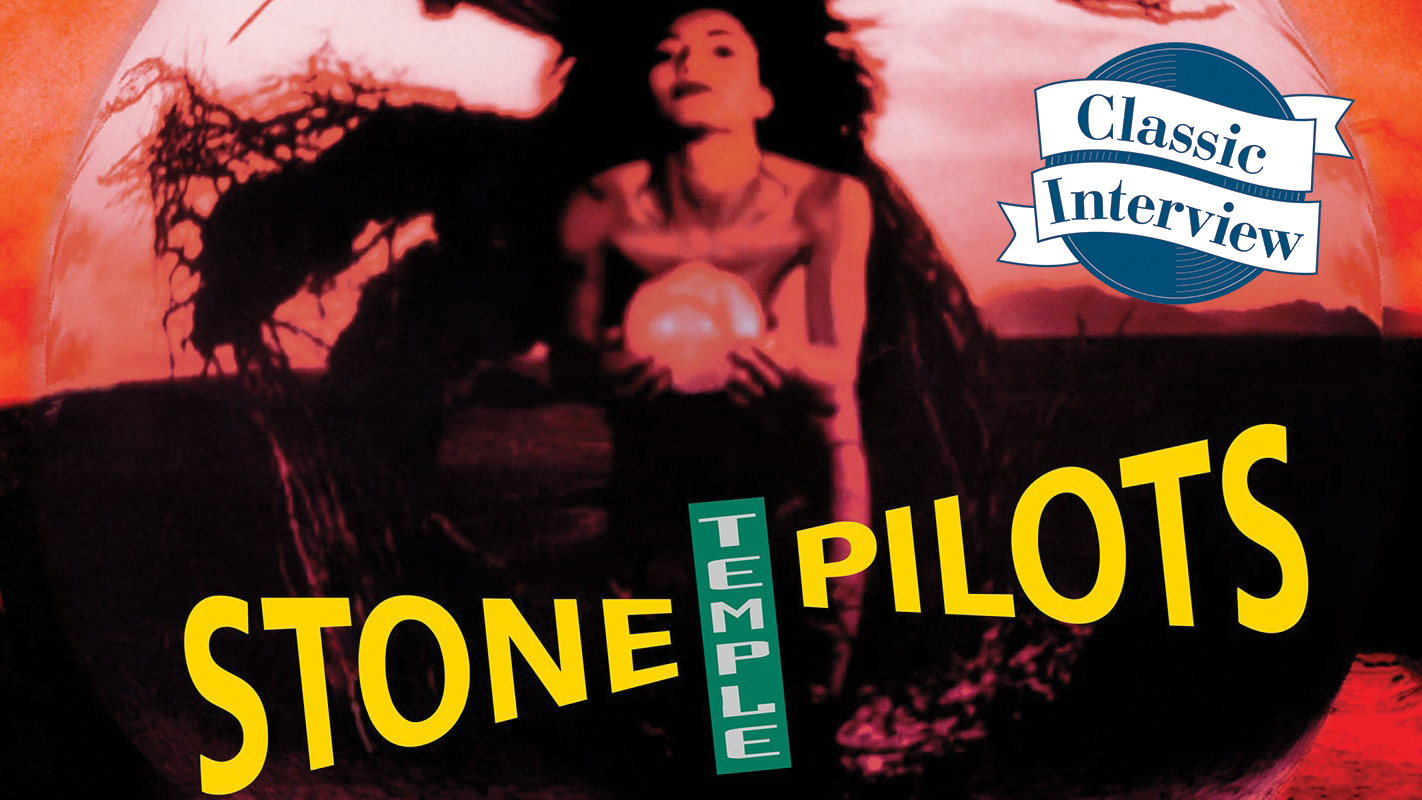
As Core passes another anniversary milestone, it’s easy to view the Stone Temple Pilots story as one overshadowed by the tragedy of the late Scott Weiland. But that does a disservice to both the timelessness of their music and the fact that three-quarters of the band are still carrying the creative flame.
Before Scott’s life became complicated by his demons, he was fiercely driven by the ambition to make a career out of his music with drummer Eric Kretz and songwriting brothers Dean and Robert DeLeo. That passion and chemistry is all over Core.
“It was an amazing time, man; it was so beautiful
“It was an amazing time, man; it was so beautiful,” remembers guitarist Dean DeLeo when we talk about his overriding recollections from that time.
“And that was some of my greatest memories of Scott. He was so on his game, he was so healthy. He was electric and vibrant. There was an innocence, yet a determination with all of us.”
Preparing Core for its reissue has been an emotional journey back in time for Dean, as the band opened the vaults on the early rehearsal demos for the records they made before tracking the album with Brendan O’ Brien.
“The coolest thing about this 25th anniversary is all those demos that we did on Robert’s eight-track, we pulled them out about eight months ago,” explains Dean.
“Robert had them and we mixed them. That’s the real jewel about it: you’re going to hear all those songs how we demoed them in 1990 in a little room in North Hollywood.
Get the MusicRadar Newsletter
Want all the hottest music and gear news, reviews, deals, features and more, direct to your inbox? Sign up here.
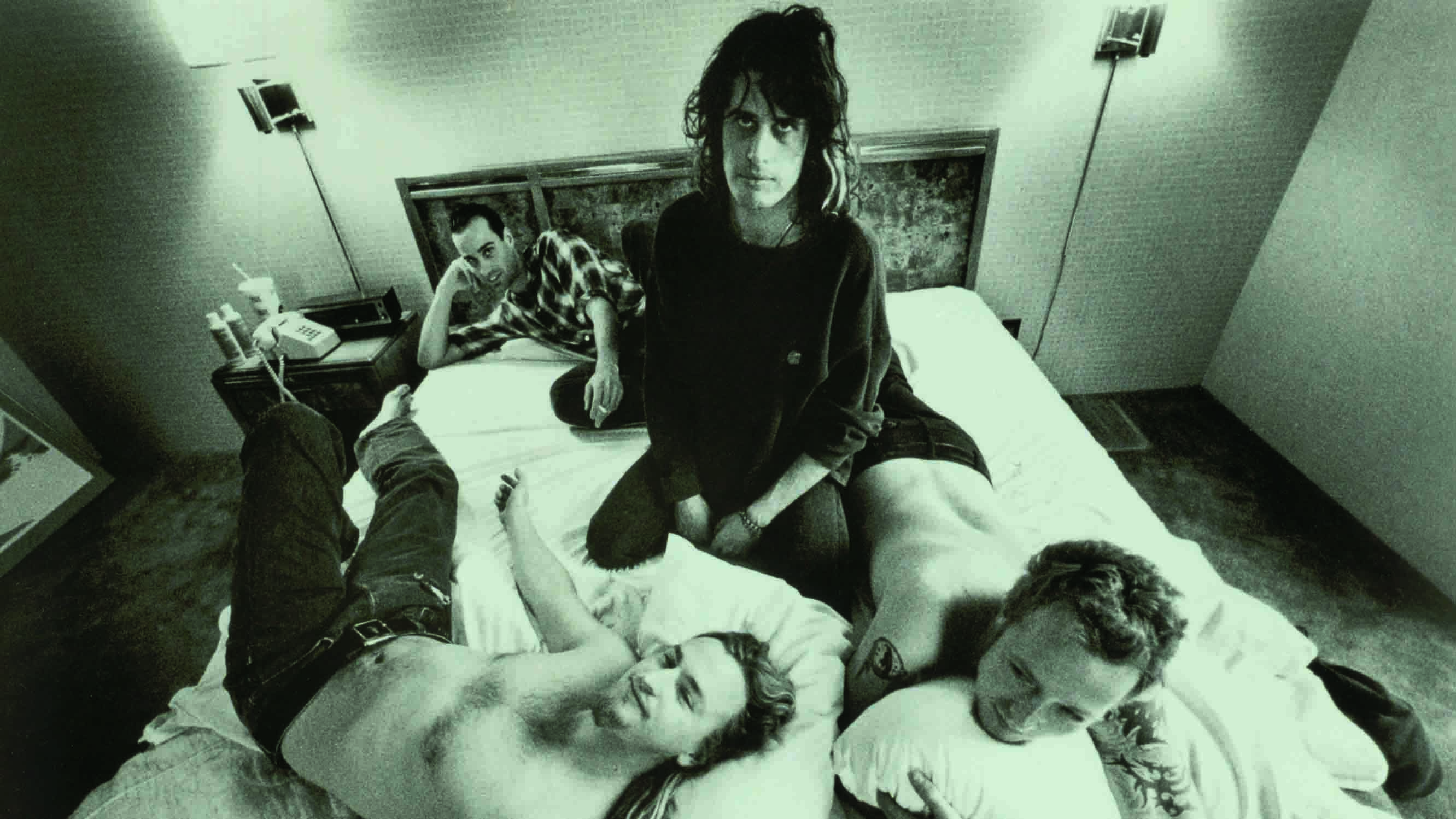
The band’s preparation paid off with O’Brien as they were able to work quickly, just as the producer prefers. A bond between band and producer formed.
“It was a very important album for Brendan,” notes Dean of one of O’Brien’s first big projects with an official producer credit.
“He came out of that engineer booth. And that was one of the greatest things about my career: you meet some people through the years and you can take them or leave them. And one of the greatest things was forging a lifelong friendship with Brendan O’Brien. I love him and I learned so much from working with him because we went on to do the next five records with him.”
That musical ride, and how we put those songs in order was very, very important to us. It was very thought-out
The results on Core gave them a very strong start indeed. Even in the impressive pantheon of early ’90s alternative rock, it holds its own sonically and with solid-gold songwriting. But it also has pace - it feels like an album, not just a collection of the best songs the band had at the time.
“It was very important to us that if you had time to sit down and listen to the record in its entirety,” notes Dean. “That musical ride, and how we put those songs in order was very, very important to us. It was very thought-out.”
So join Dean as he takes us on a journey through Core’s entire tracklisting
1. Dead And Bloated
“Scott hummed that verse riff to Robert and Robert transposed it onto guitar. And Scott also sang the intro into the pickup of my guitar in the studio.
“We knew how microphonic pickups were, and I think I just got done finishing a part on the song, because the guitar was plugged in - we were probably just finishing a guitar part and it was very loud. Scott wanted to sing the intro it into the bullhorn [megaphone], and we said, ‘Sing it into the guitar pickup and see what happens.’
“It was the sunburst Les Paul I have. If you watch the Thank You DVD it’s on there - you can see Scott in the control room singing into the pickup for the intro that was used on the record. He sung into the bridge pickup on the guitar.”
2. Sex Type Thing
“I was out in my driveway with the windows open on a beautiful summer’s day and I had Physical Graffiti on and In The Light came on. And when it comes to that lick [hums Page’s riff that kicks into Zeppelin’s song around the three-minute mark], well you can fit the Sex Type Thing lick right between that.
“I heard what was happening in between the notes so I immediately ran inside a transposed it onto the guitar and called Robert: ‘I’ve got a pretty cool lick here, man.’ Thank you, Jimmy!”
That song was misunderstood by some people who thought Scott was singing how he himself felt. Did that bother you?
“Not really. I didn’t pay too much mind to it. Isn’t that the greatest thing about a film or music? Let’s put some people on their toes, let’s get them guessing. Let’s get their minds working.”
3. Wicked Garden
“Robert and I wrote that together. All that I had on that was the riff that goes from the G to the A and Robert had the verse and the intro.
“I might have written the pre-chorus part and the heavy parts of the verse. That was just one of those songs where we were each able to contribute to complete it.”
4. No Memory
We thought that would be a nice little thing to open up for Sin
“I wrote that just prior to recording, maybe three days prior to recording it. Scott and I were living together at the time and I remember writing that, sitting in his room. I played it for him and I really loved it; he was really moved by it.
“It was one of those pieces where we just kind of sat around and played and just left the energy of the chord structure and the changes. We thought that would be a nice little thing to open up for Sin, a nice little moment, so that’s how that came about.”
5. Sin
Is it true that the first time you played Sin live was opening with it instrumentally at a Hollywood show before any vocal parts had been written?
“That’s true, and it’s actually the night we were signed. Well, we didn’t get that signed that night but [Atlantic Records A&R man Tom Carolan was in attendance].
“Robert had written that song; he’d played it for me over the phone. Do you know what I became really good at? I was a master at holding the phone between my knees and playing a guitar into it. I got really good at that, because this is pre-cellphones man! That’s how we would work: we’d call one another and say, ‘Hey listen to this, I just wrote this thing.’
“I remember Robert calling me saying, ‘Check this out,’ and he would lay out the whole parameter, just like he always did. He’d always show me a song and say, ‘I’m hearing this guitar tone, and the vocal doing this and here’s the melody…’ the whole thing.
My solo on that has a little Allan Holdsworth inspiration in there
“It was interesting how he laid out Lounge Fly to me, and I know I’m jumping way ahead here, but it was interesting how he expressed it to me verbally: ‘We take a 12-string acoustic, we tune it to an open D minor, we hit an open harmonic on the 12th fret and we reverse it.’ He laid that whole thing out to me.
“So he did that to me with Sin and he was playing it to me over the phone. We were so excited when we got in a room together and played that. We were really, really moved and fulfilled by it. We started playing it immediately, even though Scott didn’t have anything for it [at that point]. We used it as an instrumental piece to open with.
“My solo on that has a little Allan Holdsworth inspiration in there. I know the chorus on Sin was recorded with a Telecaster to really get it to arpeggiate.”
6. Naked Sunday
We just started jamming on it and that song came completely and utterly out of the four of us in a room playing it
That song has the energy of something that was created by a band playing together in a room; was that the case?
“That is exactly what happened. I started playing those two chords and Robert goes, ‘What’s that?!’ Really, the whole song is two chords. The whole song is just about bringing it up or bringing it down.
“We just started jamming on it and that song came completely and utterly out of the four of us in a room playing it. Scott immediately jumped into it and started singing it, pretty much what you hear on the record.”
7. Creep
“Scott and Robert were working across the street from one another. Robert was working at an amplifier shop on Sunset and Gardner, and Scott had a gig driving models to their shoots.
“The modelling agency was directly across the street from Robert. So whenever those guys would get a spare moment they would meet in Robert’s car parked behind the amp shop, which was this big kooky ’67 Buick. That was their writing sessions for the Core album, and I know Robert was showing Creep to Scott and those guys really connected on that immediately.
“The demo for Creep on the reissue is very interesting because I didn’t actually remember, but when we pulled out those Fostex eight-track quarter-inch tapes and transferred them into Pro Tools and we got to listen to them, oh my gosh, it was just every emotion, man. Hearing Scott’s voice, hearing us talk about the songs… and Creep had a whole middle section that was chopped on the record.”
8. Piece Of Pie
And once again it shows how brilliant Scott was, not only melodically but lyrically
“That was always a real fun song to play live and still is to this day. It’s one of those songs, from the very first hit with the band coming down on that… there’s nothing like having a Les Paul next your you-know-what vibrating because the band’s playing about 109db! [laughs]. It’s a great feeling, man.
“And once again it shows how brilliant Scott was, not only melodically but lyrically. The lyrics to that song are extraordinary. Just how brilliant he was for such a young man - I think he was 23 years old writing that stuff.”
9. Plush
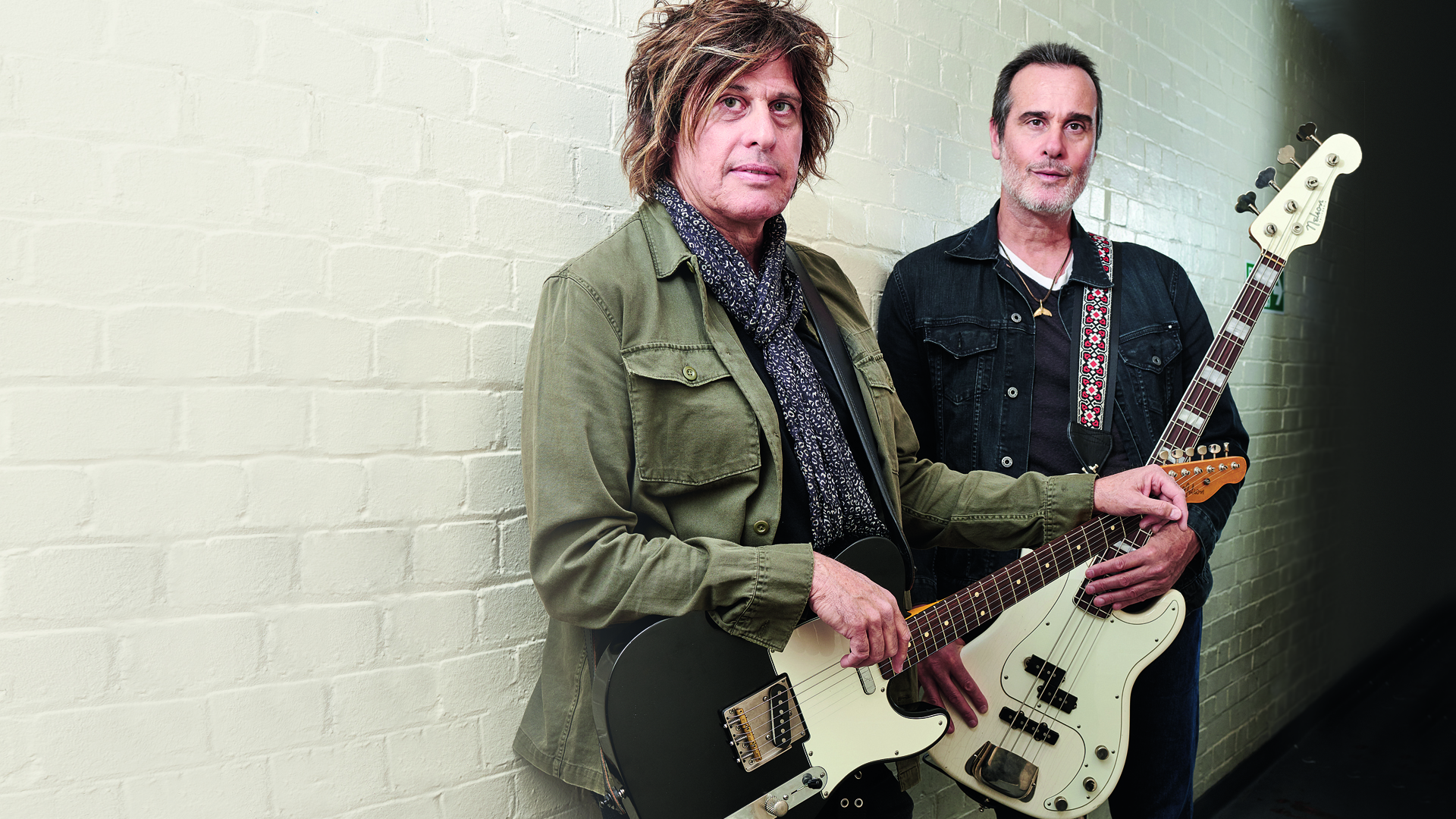
Stone Temple Pilots' Dean DeLeo: my top 5 tips for guitarists
“When we were making Core, we were living very close to the studio because Brendan didn’t want us battling with any traffic or being late because of Los Angeles traffic. He wanted us close to the studio so it was an easy, quick commute. So the four of us were living in a two-bedroom efficiency apartment very close to the studio, off Topanga Canyon Boulevard.
“It was after a long day in the studio and the weekend was there. I know Scott and Eric were hanging out and at that point we were well underway with the record. We all knew what we had at that point; we knew how special the record was coming along.
“We didn’t know how successful it was going to be, and there’s a big difference there. And that song was really about Scott and Eric talking about the future, what’s going to happen and what’s going to happen with the women in our lives now. A lot of questioning.”
10. Wet My Bed
I could hear it coming through the walls thinking, ‘What the heck are they doing in there?’
“That was something that came completely in the spur of the moment. I wasn’t even in the room at the time, but I could hear it coming through the walls thinking, ‘What the heck are they doing in there?’ But I didn’t go in.
“That happened during the recording of that record with Scott, Robert and Brendan stumbling upon it. Robert came up with that guitar part and then those guys just basically took a couple of hours to record that. Totally spur of the moment.”
11. Crackerman
“That was an interesting thing. Crackerman was a guy Scott would see when he was living in downtown Los Angeles.
“He was a guy who was living under the stairwell downtown, and Scott would always give him some bread or give him some clothes, buy him some beer or something. That was inspired by an actual guy Scott became friends with, and of course he was a homeless guy living under a stairwell.”
12. Where The River Goes
“That was one of the first songs we wrote in a room together as a band. That came together pretty quickly.
"I came in with the riff and we kind of put that thing together. I think the band got heavier once I came into the picture.”
Amp Type Thing
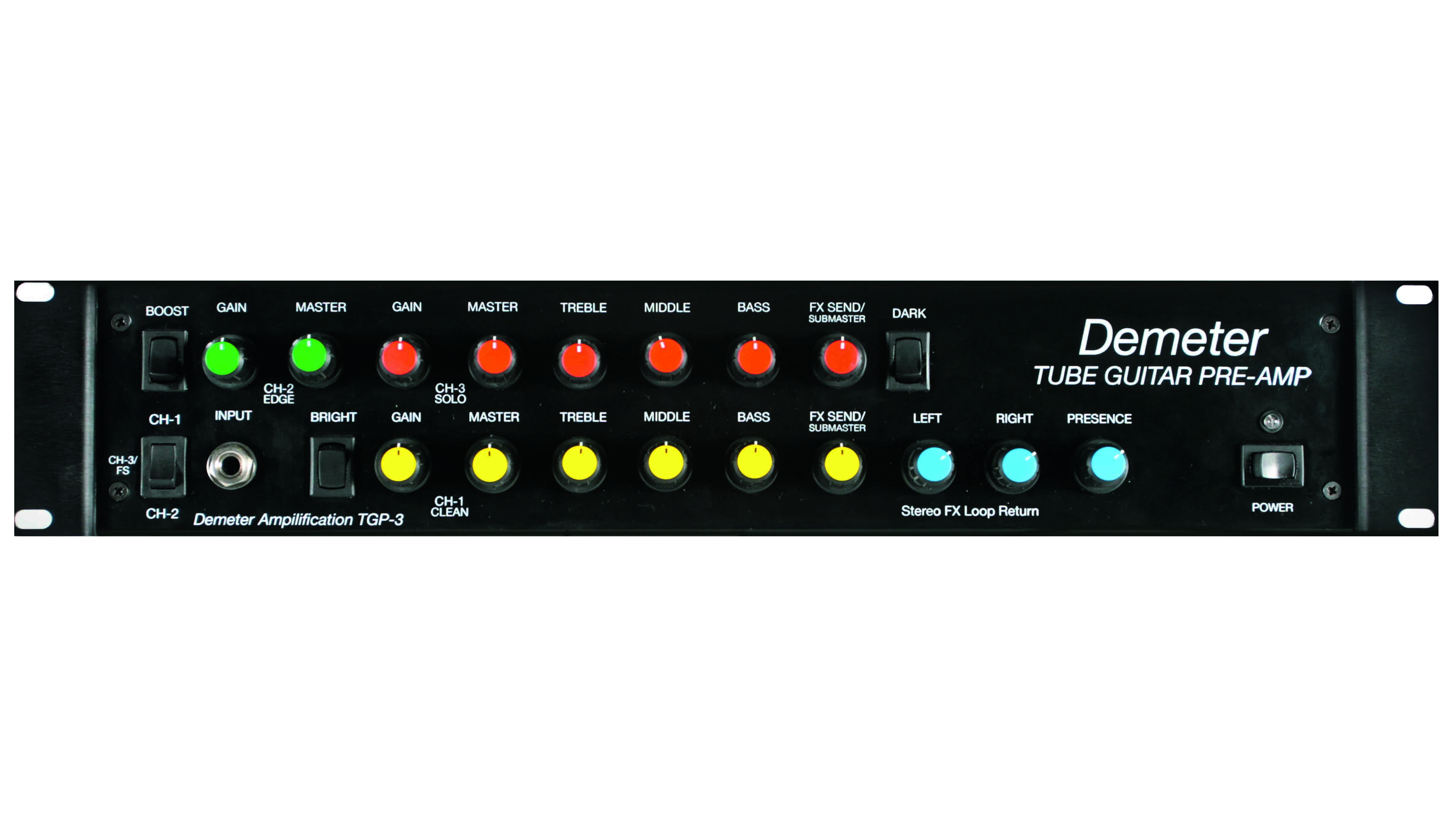
The core of Dean DeLeo's album tone
Heavy and articulate, Dean DeLeo’s sound on Core has a unique quality that is thick, but with definition. His 1978 Les Paul Standard would see a lot of use in tracking and his limited collection at the time was bolstered by O’Brien’s treasure trove, including a Tele, Strat, Gibson 335 and 330. Effects were light, but Dean’s Rocktron Intelliverb can be heard particularly on Plush; on the amp side, Dean had done his prep to find exactly what he needed.
The all-tube three-channel Demeter TGP-3 preamp he used through a VHT Classic Stereo power amp is still in his rig to this day. “Robert was working at a place called Lab Sound on Sunset [Blvd], Gardner [street junction],” recalls Dean. “It meant I had the luxury of trying a lot of amps and preamps. It was a store that sold more specialty gear and the owner at the time, this guy called Herschel, let me take whatever I wanted and try it out.
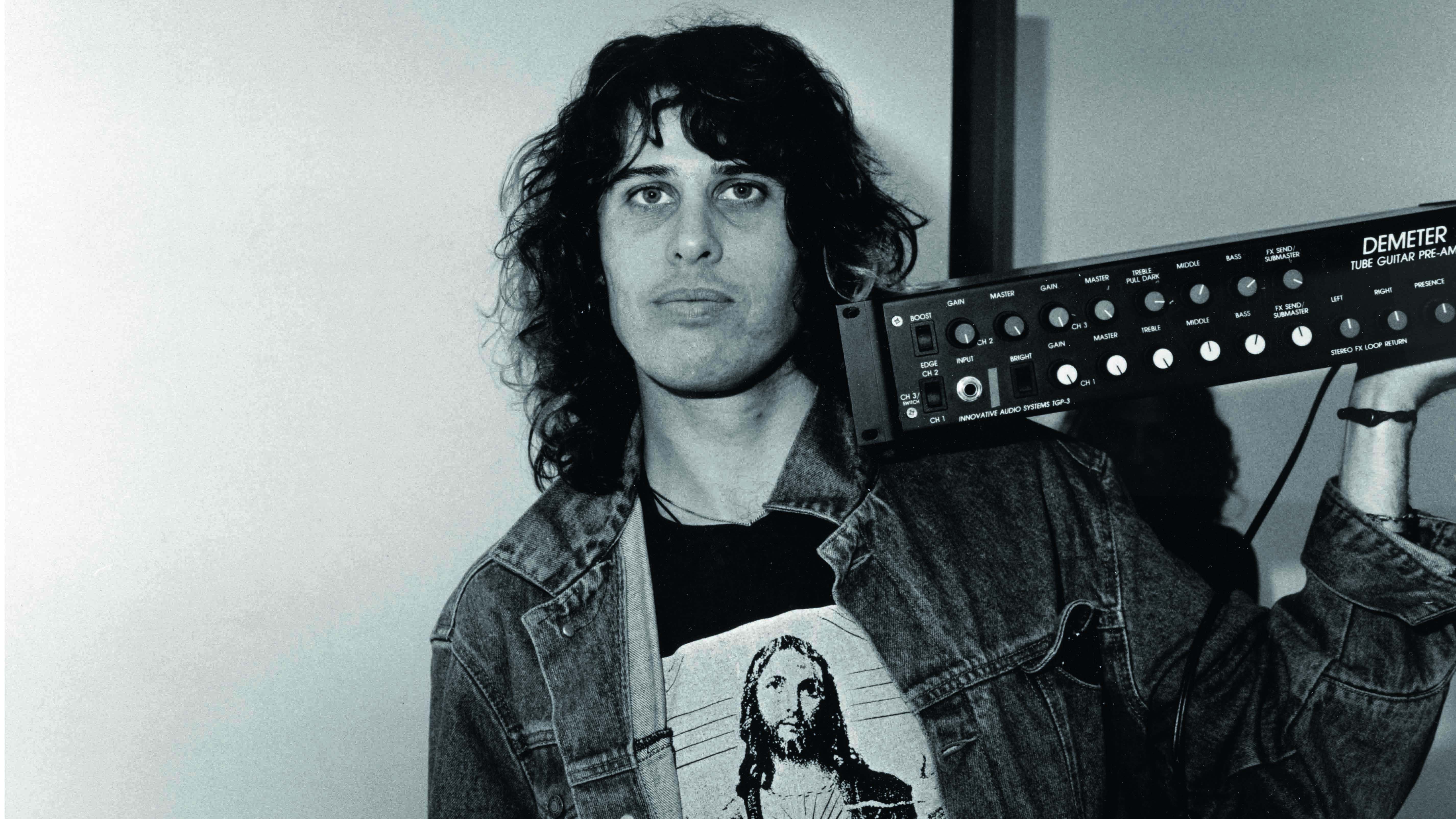
"So I got to try a bunch of different things but what really impressed me about the Demeter preamp was how tight the low end was on it. It was just really punchy, a beautiful low end. It allowed me to play the chords I wanted to play without too much saturation but I could also crank up my volume on the guitar a little bit and get all that I needed on the saturation side of things.”
The model Dean has is still made at James Demeter’s Custom Shop in Templeton, California and built to the specifications of DeLeo. More info at Demeter Amplification
Rig tour: Dean DeLeo and Robert DeLeo, Stone Temple Pilots

Rob is the Reviews Editor for GuitarWorld.com and MusicRadar guitars, so spends most of his waking hours (and beyond) thinking about and trying the latest gear while making sure our reviews team is giving you thorough and honest tests of it. He's worked for guitar mags and sites as a writer and editor for nearly 20 years but still winces at the thought of restringing anything with a Floyd Rose.









